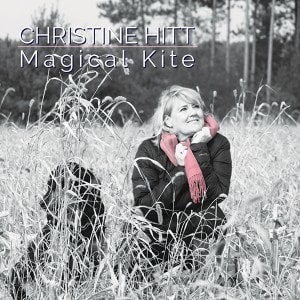
Christine married a trumpet player and has two sons who appear on this album. Currently, Christine teaches at University of Wisconsin-Eau Claire. Bobby Sanabria calls the UW-EC Jazz department “The best-kept secret in Jazz.”
Christine recorded the album in Los Angeles at Capitol Records with producer Geoffrey Keezer and pianist John Beasley. With her are Bob Sheppard on alto saxophone, John Hamilton and Gene Coye on drums, Leo Amuedo on guitar, Walter Rodriquez on percussion, Eric Hitt on bass, and Erin Bode and Cory Hitt on vocals. Keezer sits in on piano on Around the World.
The album is diverse in its selections and compositions—from soul to swing, funk to folk—but Christine turns them all into Jazz. Let me just come right and say that I was stunned at what I heard in my first listening. That feeling has not gone away.
The first surprise came with the opening tune, Wade in the Water. Raised as a church boy in the South, this song was important to me. It was an anthem in the Civil Rights Movement and our church sang it often. In fact, it was a song that I would find myself singing when I was alone.
Christine never loses the spirituality and soulfulness of the song in her treatment of it. Plus, her son Eric Hitt turns in a cool bass solo and John Beasley works a terrific piano as Bob Sheppard works the alto sax beautifully. Sheppard’s sax punctuations were fantastic. Talk about being propelled into the album.
Magical Kite, the title track, is a Christine original that was inspired by her father. He was a band director and was a great influence on shaping Christine’s musical artistry. The pastoral imagery is well-represented by a Vince Guaraldi-style piano accompaniment by John Beasley. Gene Coye’s drumming is precise and so appropriate. Christine’s son Cory joins in on backing vocals and the effect is amazing.
Don’t You Worry ‘Bout a Thing is the Stevie Wonder hit but Christine opens, not with Stevie’s fake-Spanish tirade, but a cool piano-guitar-bass intro that sets a sweet stage for Christine and Cory’s vocals. The rhythm section plays it understated but cool. Eric Hitt is a terrific bassist. In fact, he is the one who connected Christine and Keezer. Beasley’s melodica is a nice touch. They abandon Stevie’s vivace bounce for an andante stroll and it just couldn’t be any cooler.
James Taylor’s Shower the People never grabbed me back in the day but Christine’s version certainly does. The song opens with a staccato instrumental introduction. Christine joins in over the instruments as they continue in the same way they began. The accompaniment smooths out and Christine’s delivery with Erin Bode on backing vocals is right on. Walter Rodriguez’ percussion is very pronounced and serves the song well.
Yardbird Suite by Charlie Parker is one sweet suite. (It had to be said.) Christine’s scat and Sheppard’s alto sax are a true delight. Eric Hitt and Hamilton are terrific together. Beasley’s piano bits are rich. You have to love this one.
Believe in Me is a Dan Fogelberg piece. Christine has Leo Amuedo open with solo acoustic guitar which is far more rewarding than Fogelberg’s orchestral lushness on the original recording. Christine strips away the sap and reveals the beauty of the piece in a simpler approach that almost becomes a lullaby. It still has the classic Fogelberg chords but Christine makes it work on a completely different level. Erin Bode sings with Christine. These two are wonderful together. Amuedo’s guitar gets special focus.
Christine opens with Beasley on Shine On Harvest Moon in a cool ballad before turning on the swing. Somewhere Rosemary Clooney is digging this. The whole band takes this into a nice direction. Eric gets a smooth solo and listen to those chord changes.
Smile was written by Charlie Chaplin for his movie Modern Times. The lyrics were added later but taken from lines in the film. It has become a standard and, being a Chaplin film fan, I would have loved for Christine’s version to have been in the film. One can always imagine. It is simply beautiful version that Christine gives us.
Christine closes the album in a duet with Geoffrey Keezer on piano. Around the World was made popular by Nat King Cole. This duet of Christine and Geoffrey Keezer is as beautiful as any version ever heard. It is emotional. It is sweet. It is wam. It is the perfect finish to an album that is emotional and sweet and warm.
Magical Kite is worth the 18-year wait.
~Travis Rogers, Jr. is The Jazz Owl

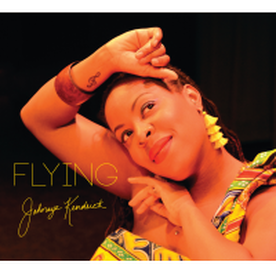
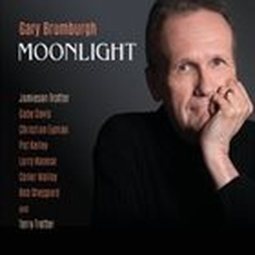

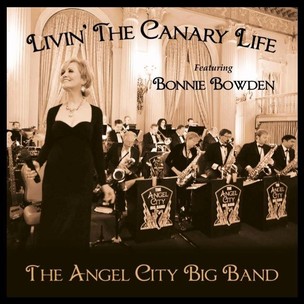
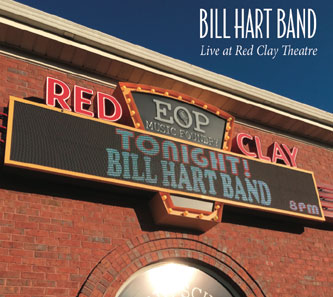
 RSS Feed
RSS Feed
